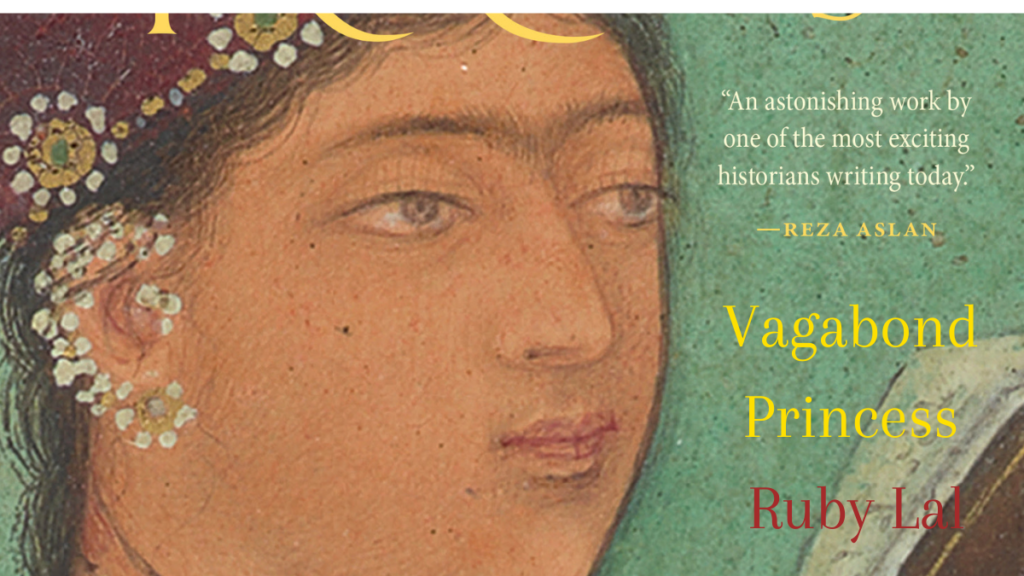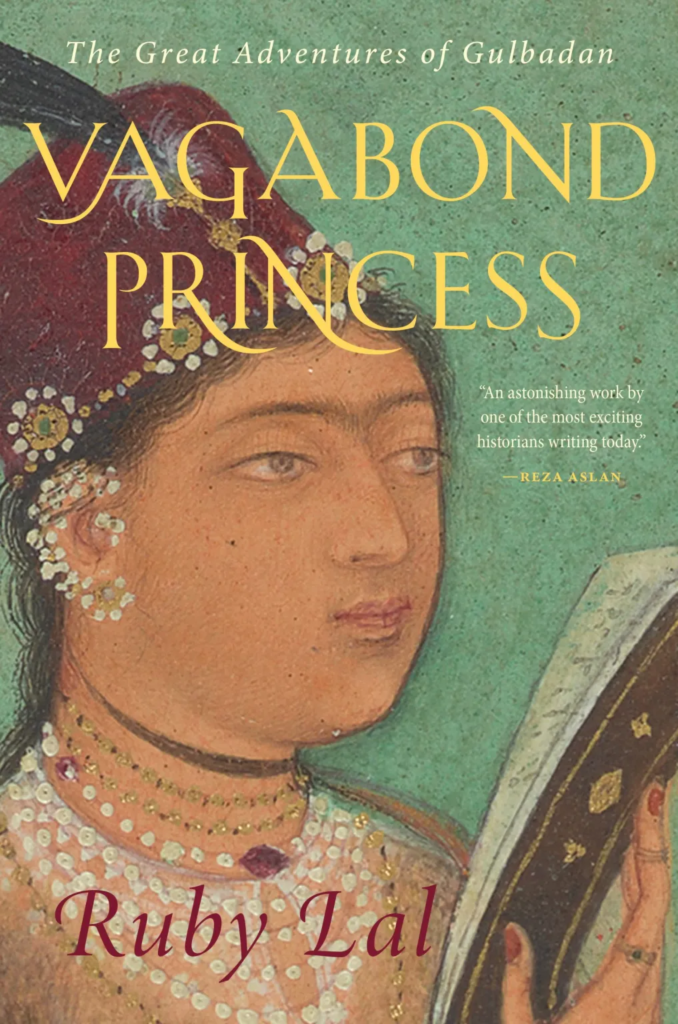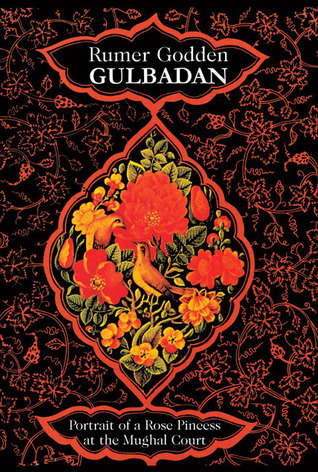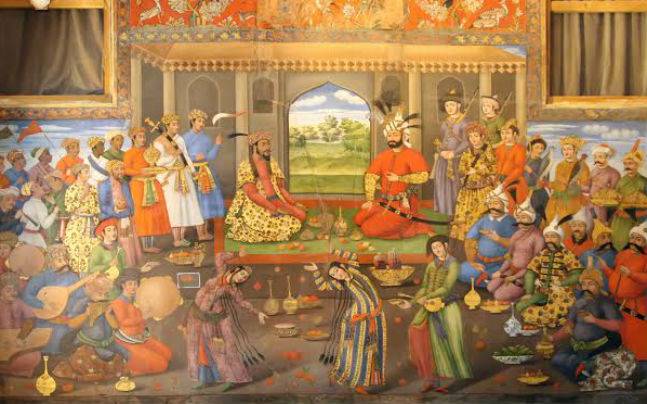INDIA :
Begum Gulbadan’s Humayun-nama, a remarkable chronicle of early Mughal life in India is the only work written by a woman in Muslim courts of Ottoman, Turkey, Iran and India.

An early Mughal princess
The Vagabond Princess by Professor Ruby Lal is a captivating historical biography of an early Mughal princess. Even though this is a work of meticulous historical research, it is an adventure tale and a travel narrative with a female protagonist which provides as much entertainment as any work of fiction. The real wonder of this book is that it’s a true account of a real woman, Gulbadan Begum, who lived from 1523 to 1603.
The author Dr. Ruby Lal is a Professor of South Asian history at Emory University in Atlanta who wrote The Astonishing Reign of Nur Jahan (2018) which was a Los Angeles Times Book Prize finalist.
While her previous book concentrated on a later Mughal queen who was as powerful as her husband the Mughal Emperor Jahangir, this work focuses on an early Mughal princess whose contribution is not so much to statecraft but to memorializing through her writing the formative years of the Mughal Empire in India.
The life of Gulbadan
As the title suggests, Gulbadan’s life was one of astonishing journeys that very few others had undertaken in the sixteenth century. She was a beloved daughter of Emperor Babar, the founder of the Mughal dynasty in India. At the age of six, she undertook an arduous journey with her Mughal relatives from Kabul in Afghanistan to Agra, where her father had established his new capital. This journey took her across the Khyber Pass, a treacherous mountainous gap that allowed an entry point into India.

Once in Agra, she reunites with her beloved father and grows up in the new country of Hindustan, amid a plethora of languages, her native Turkish, Persian, and the emerging mixed tongue of Hindavi in India. Even when it seems there is a modicum of stability, her father Babar’s life is suddenly cut short when he prays for the survival of his son and heir Humayun and participates in a ritual where he barters a part of his own life to save his son.
The untimely death of Babar is a shock for Gulbadan, but even more disconcerting are the rebellions by various half-brothers who periodically betray their allegiance to Humayun, her half-brother who ascends the throne.
A Mughal dynasty
Humayun’s reign becomes even more tenuous when he faces military challenges led by the Afghan ruler of Bihar, Sher Shah Suri, who defeats Humayun in Chausa in 1539 and Kanauj in 1540, forcing him into exile in Afghanistan. These changing vicissitudes of the Mughal dynasty force Gulbadan into a peripatetic existence moving back to Kabul and then returning again to Hindustan after Humayun recaptures Agra. During the years of his exile from India, Gulbadan witnesses Humayun’s marriage to his favorite wife Hamida who gives birth to their future heir Akbar, and who also becomes a close friend of Gulbadan.
Akbar’s ascension to the throne marks a shift in Gulbadan’s personal life. In her early life, she had lived in gardens and tents and had traveled freely. With the growth in Akbar’s stature, Mughal women were consigned to the enclosed quarters of the harem in Fatehpur Sikri. While this was a mark of the rising prestige of Akbar, the Emperor, it was not a particularly pleasing option for his aunt, Gulbadan. Even though she is a mother and a senior advisory figure in the harem and also highly regarded by Emperor Akbar as a writer and memory keeper of her clan, she is increasingly restless by her confinement in middle age.
A pilgrimage to Mecca
Gulbadan successfully petitions Akbar to allow her to embark on a holy pilgrimage to Mecca and Medina with the women of the harem. This is a formidable journey, even with Akbar’s support. First, the Mughal contingent arrive in the port city of Surat where they wait for the Portuguese to approve their passage as they have a monopoly over shipping routes. After much negotiation, and payment of requisite fees, two Mughal ships set sail for the haj pilgrimage. Lal provides a detailed account of the journey across the Arabian Sea, Indian Ocean, and the Red Sea to arrive at the port of Jeddah, from where the party travels to Mecca. At Mecca, they are able to complete all the rituals associated with the Haj including the lavish giving of alms to the poor. The party then proceeds to Medina and completes the rituals of worship particular to that city as well.
Gulbadan and her associates do not return to Hindustan after completing the Haj but stay on in one of the elite neighborhoods of Medina. After some time, they attract the criticism of the Ottoman Sultan Murad III, who issues orders of expulsion for Gulbadan and her group. Lal suggests that the lavish giving of alms, made possible by the immense wealth of Akbar and the Mughal Empire in a way threatened the sovereignty of the Ottoman Sultan.
The Humayun-nama
On her return journey by sea, Gulbadan faces being shipwrecked but escapes with her life and seeks refuge in Aden. Unlike Mecca, the authorities in Aden are not hospitable or courteous. She is relieved to return home where she commands the respect of men and women as someone who is a haji or who has accomplished one of the pillars of the Islamic faith: pilgrimage to the Prophet’s birthplace. Once settled in Fatehpur Sikri, Akbar commissions her to write a biographical sketch of Humayun. Gulbadan accomplishes this task with great finesse. Her book is an outstanding primary source document about the condition of life during the Mughal era in India.
The narrative begins with Lal’s examination of Gulbadan’s book Ahval- i- Humaun Badshah (Conditions in the Age of Humayun Badshah), at the British Museum in 1997. This is the only extant copy of this commissioned work that Gulbadan authored, but Lal soon realizes that the manuscript is incomplete, and it does not touch on her pilgrimage to Mecca or her life after the return. It is this gap that Lal seeks to fulfill in her research, trying to reconstruct events that happened during the pilgrimage including her group’s expulsion.
First female chronicler of Mughal life
As she recreates the life of Gulbadan, Lal reminds us that her work, popularly called Humayun-nama, is the only prose work written by a woman in Muslim courts including Ottoman, Turkey, Iran, and India. Gulbadan is a remarkable witness and chronicler of early Mughal life in India. Moreover, her life defies notions about women being constrained by Islamic institutions of purdah. Gulbadan did not accept the confinement of the harem and sought out travel to the holy cities of Arabia, appearing publicly to give alms to the poor.
Even upon her return she adopted the role of official historian and was not limited to traditional roles of wife and mother in the harem. At a time when the National Council for Educational Research and Training (NCERT) is reducing Mughal history content in school history textbooks in India, it is all the more important to continue bringing the lives of Mughal women to the attention of the world. Ruby Lal has succeeded in giving us a biography of an extraordinary life that women in the twenty-first century in India and the world can draw inspiration from.
The Vagabond Princess: The Great Adventures of Gulbadan by Ruby Lal
Yale University Press, February 2024.
source: http://www.indiacurrents.com / India Currents / Home> Books> Culture / by Lopamudra Basu / April 10th, 2024
















